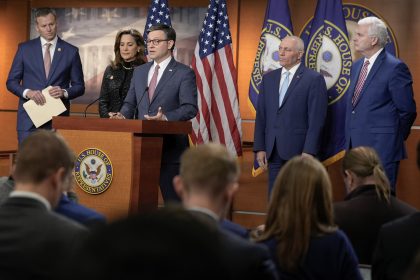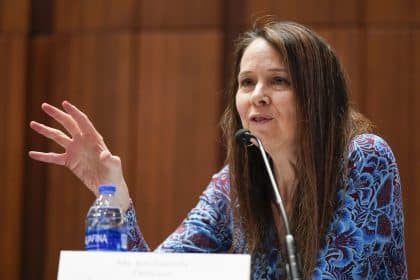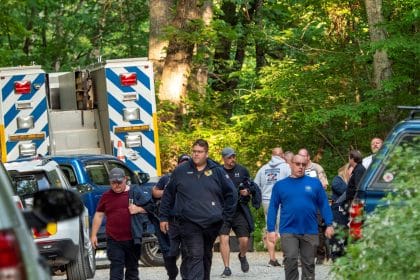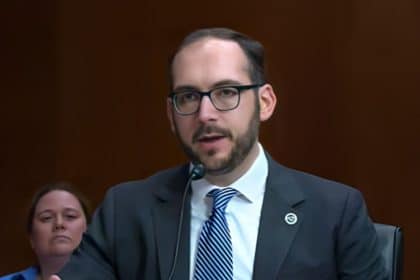Biden Administration Wants to Expand Weapons of Mass Destruction Detection
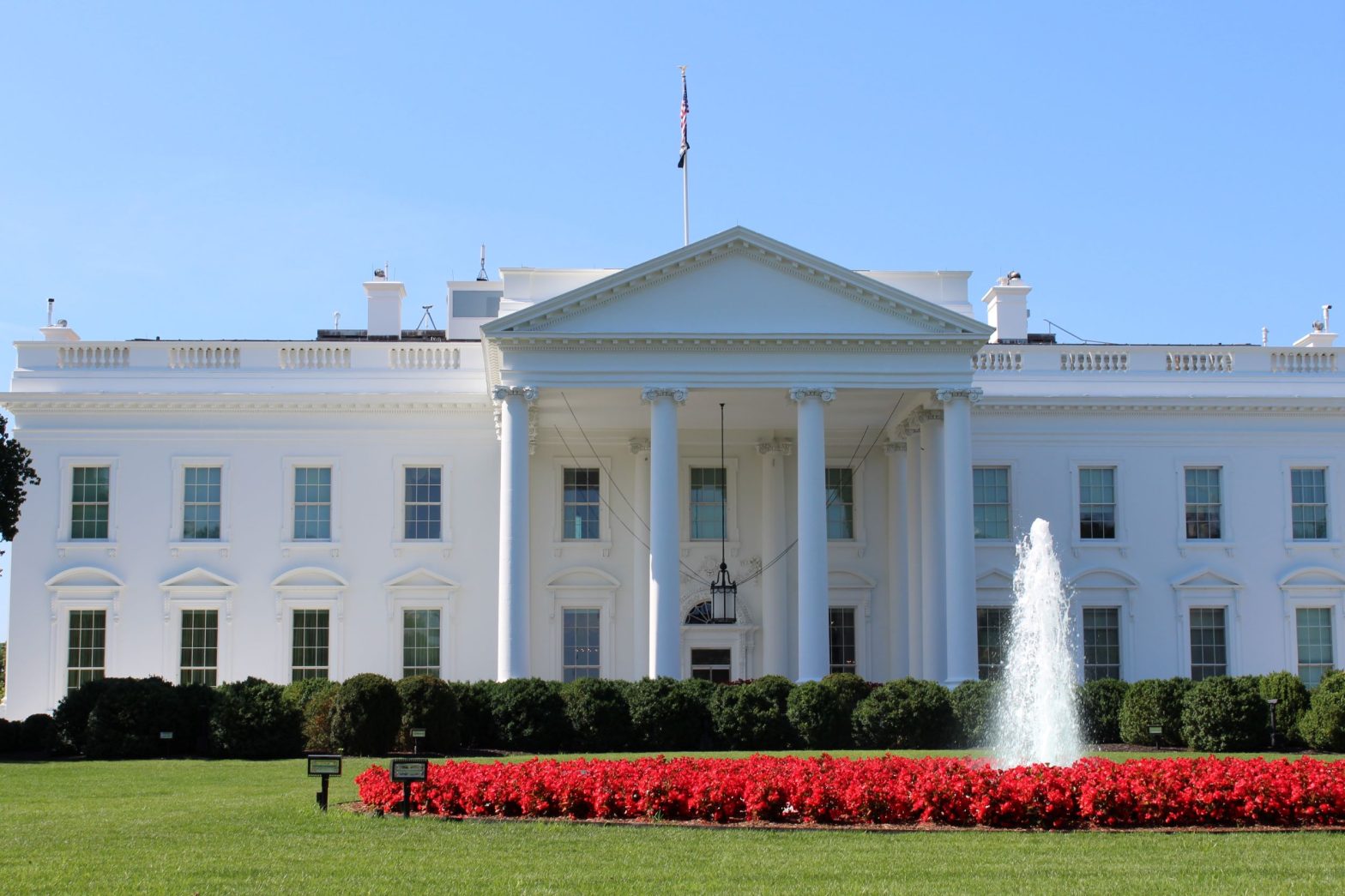
WASHINGTON — While military analysts discussed in the media the risks Russia will use weapons of mass destruction in Ukraine, a Senate committee on Tuesday considered whether the United States was prepared for such an attack.
The federal government established an Office of Countering Weapons of Mass Destruction in 2018. It operates as a branch of the Homeland Security Department.
This week, the Homeland Security Department expanded the effort by announcing an Office of Health Security to spearhead the nation’s defense against deadly viruses and bacteria.
Lawmakers are trying to decide whether the federal government is getting a good deal for its programs to detect and halt the kinds of nuclear, biological and chemical agents that could kill hundreds, thousands or even millions of people.
They also wanted to know at a Senate Homeland Security and Governmental Affairs Committee hearing what could be done to improve the efforts.
Sen. Gary Peters, D-Mich., the committee’s chairman, said the Countering Weapons of Mass Destruction Office is dealing with “the most fatal and disruptive potential attacks that our nation faces.”
The Biden administration is proposing a $429 million budget for the office in fiscal 2023, which is $1.5 million more than this year. It would fund 269 full-time positions and 252 full-time equivalents.
The budget proposal would reauthorize the Office of Countering Weapons of Mass Destruction but also consolidate Homeland Security nuclear, biological and chemical threat detection into a single command structure. It seeks to coordinate the efforts with state and local authorities.
Sen. Rob Portman, R-Ohio, said any reorganization of the office should reflect the latest risks among changing threats.
“Combatting these [weapons of mass destruction] threats can be very complex,” Portman said.
His concerns about complexity won agreement from Homeland Security Department officials who testified at the hearing.
“Countering WMD requires specialized skills, expertise and training,” said Gary Rasicot, acting assistant secretary of the Countering Weapons of Mass Destruction Office. “You cannot get that overnight.”
Since the office opened, “We’re doing a lot more outreach,” he said.
Dr. Pritesh Gandhi, the Homeland Security Department’s chief medical officer, said the COVID-19 pandemic demonstrated the evolving challenges faced by the new Office of Health Security. Ghandi is its administrator.
From its start in late 2019, COVID-19 spread worldwide in less than a year. This week, the World Health Organization is reporting at least 6.37 million deaths from the pandemic, although the actual number could be much higher. About 1.02 million were in the United States.
Stopping it has been difficult as new variants emerge even as earlier ones are brought under control through vaccines and medicines.
“The pandemic is dynamic, threats to our homeland are dynamic, and we have to be dynamic in response to the situation,” Gandhi said.
Some of the biological threats come from the war in Ukraine, Afghan refugees and illegal immigration along the southern border, he said.
“These threats change daily,” Gandhi said.
One of their strategies for improving detection is deployment of biosensors in sensitive locations frequented by large numbers of people, such as transit stations or government offices.
Outside the Senate offices, health and military analysts speculate how long piecemeal approaches can hold off what many of them consider inevitable.
A Sept. 8, 2021, commentary from the foreign policy and national security web magazine War on the Rocks warned, “Today, the United States is threatened by a nuclear North Korea, a potentially nuclear Iran, and an eroding nuclear nonproliferation framework. American policymakers have witnessed North Korea, Syria and Russia all use chemical weapons in recent years and have seen concerning biosecurity trends in Russia and China. Due to the nature of modern global supply chains, various state and non-state actors have greater opportunities to procure the materials and equipment needed to develop and deliver WMD.”
Tom can be reached at [email protected] and @TomRamstack


















